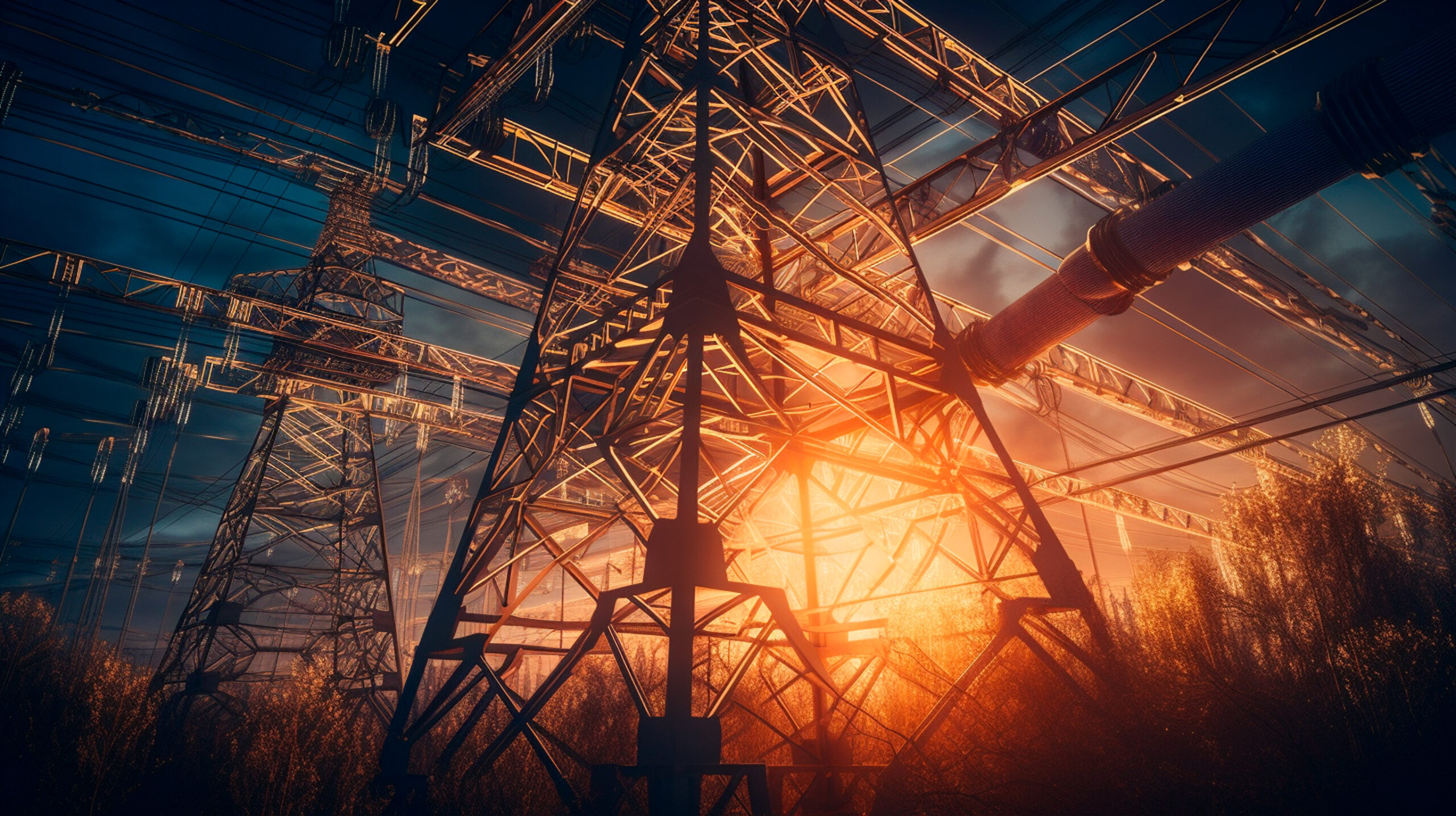BY DAVID WOJICK:
We are awash in urgent warnings that the electric power grid is increasingly prone to failure.
Some of these warnings have come from people who actually oversee the grid, including the Federal Energy Regulatory Commission, The North American Electric Reliability Corporation, and various Regional Transmission Operators (RTOs). My fellow skeptics have also been vocal on this growing threat of disaster.
The reason is painfully clear. States and utilities are recklessly shutting down their reliable power plants, especially coal-fired and nuclear. They claim to be replacing these with wind and solar generators, but they only work intermittently, so they are completely unreliable.
Rather than complaining about this madness, or in addition to that, it is time to prepare for the inevitable result. We must plan for blackouts.
Everyone talks about blackouts, but I have not seen a detailed analysis of the various ways these might occur in any given region. I suspect there are several different basic ways, each calling for a different planning approach. So here are some starter thoughts.
First of all, there are deliberate rolling blackouts versus uncontrolled blackouts. RTOs and utilities may well have internal plans, or perhaps rules, for running rolling blackouts.
If so, it would be very helpful to know what these are. For example, emergency service groups at all levels of government could have rolling blackout warning systems and response plans.
Uncontrolled blackouts may be unpredictable, but they can still be planned for to some degree. I live way out in the country, and we get blackouts several times a year, so we have a well-prepared routine for dealing with them if they do not last too long. Towns, cities, and counties should do likewise.
Of special importance are the size and duration of blackouts, as both features deeply affect planning. Should we expect a lot more small blackouts or just a few more big ones? How about really big ones, a few of which have occurred in the past?
It also matters how hot or cold it is, especially for large, long-lived blackouts. Severe cold is really dangerous.
The 2021 Texas blackout disaster killed hundreds of people, and the East Coast almost went that way around Christmas 2022. It turns out extreme cold can mess up the natural gas supply system for gas-fired power plants, so this, too, needs to be planned for.
The first question is how much failure analysis can already be done using existing computer models. The RTOs and utilities do a lot of modeling. For example, they already can determine what system upgrades will be needed before a new large generating facility can be connected to the grid. The wind and solar people complain about this because it sometimes makes their remote projects very expensive.
If the utilities can do that kind of detailed analysis, they ought to be able to see where things are likely to break and what that might do to the system. I am reminded of The Wichita Lineman song line saying: “If it snows that stretch down south will never stand the strain”.
It may be that they are already doing this sort of failure analysis; they just don’t want to tell us about it, lest it worry us. But given all the warnings, we clearly need to worry and take steps to address that worry.
It also may be true that they cannot do the kinds of failure analysis I am describing. The growing threat is new, after all, so the software simply may not exist. If this is true, then given the huge amounts of potential damage, including deaths, we should be developing that software as fast as possible.
Not knowing the near-term impact of the so-called “energy transition” on reliability is a true public health emergency. We may be flying blind into the wall of impossibility.
Vague warnings are not good enough. It is time for all levels of Government to plan for blackouts.
Note: An earlier version of this article appeared in the spring edition of Range Magazine.
http://www.rangemagazine.com/ For the cowboy in all of us.
